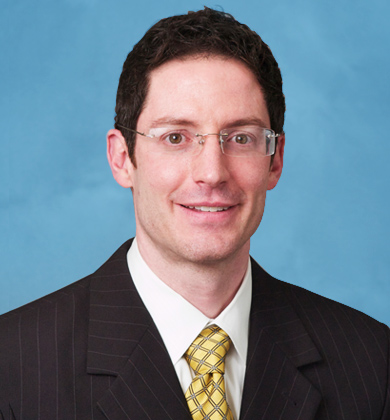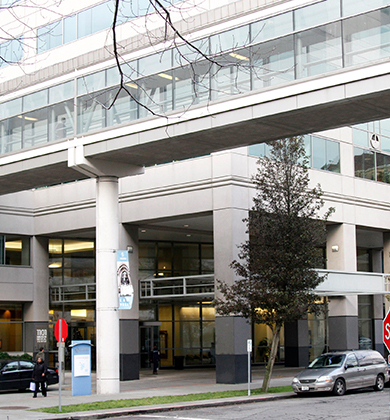Rhinoplasty Parameters
While there is no one ideal nose, there are a few parameters that rhinoplasty surgeons look at when they assess the overall appearance and function of the nose.
Starting with the frontal view these include the following:
- Frontal symmetry: Is the nose straight? If it is deviated, is there a C-shaped or S-shaped deviation? We must also look for overall facial asymmetry to determine if the nose is following the true overall facial axis.
- Tip size and character: Does the tip appear bulbous, amorphous, boxy, pointy or pinched?
- Alar base width: Are the nostrils overly wide?
Moving to the profile view we assess the following:
- Profile line dynamics: Is the nasal bridge straight, under-projected, or does it have a convex hump along its course? Women tend to prefer either a straight or slightly concave bridge whereas men tend to prefer a straight or slightly convex fullness to the dorsum. It is also common for both men and women to request leaving some fullness to their nasal hump in order to maintain some of their cultural identity. Conversely, among those with certain ethnic backgrounds such as Asians and African Americans the bridge may not project enough and may benefit from augmentation.
- Tip projection: this is a measure of how far the nasal tip extends out from the face.
- Tip rotation: this describes how upturned or down-turned the tip is. It is defined by the naso-labial angle which is formed by the angle formed between the nose and upper lip. A droopy tip is under-rotated produces an overly long appearing nose. A foreshortened nose is too upturned and needs to be de-rotated to create a more pleasing appearance.
- Alar-columellar relationship: Are there signs of excess columellar show? This can be due to nostril margin (alar) retraction and/or a hanging columella.
Lastly, we move on to the internal nasal exam:
- Nasal septal position: is there a septal deviation
- Turbinate size: are there signs of turbinate enlargement that is impeding nasal airflow?
- Nasal masses: are there signs of nasal masses or polyps that could block nasal airflow or suggest sinus problems?
- Nasopharynx: is the very back of the nose patent with no signs of adenoid tissue overgrowth?
You have a gift that must be wonderful to share with other people!
BJ - Anchorage, AK View More Patient Testimonials ›Schedule your In-Office or Virtual Consultation with Dr. Lamperti
Thomas Lamperti, MD personally performs all in-office and virtual consultations where you will be able to learn about your customized cosmetic or reconstructive surgery options.



